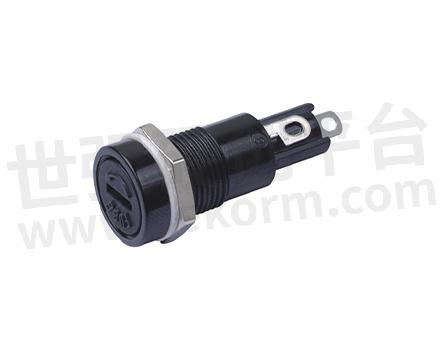Self Healing Fuses, a New Type of Overcurrent Protection Component


Self recovery fuse is a new type of overcurrent protection component with unique performance and wide application prospects.
The working principle of self healing fuses is based on the positive temperature coefficient (PTC) characteristics of polymer materials. Under normal working conditions, its resistance value is very low, and its impact on the circuit can be ignored. When an overcurrent fault occurs in the circuit, the temperature of the self recovering fuse will rapidly increase, causing its resistance value to sharply increase, thereby limiting further increase in current and protecting other components in the circuit from damage. Once the fault is resolved and the temperature drops, the self recovering fuse will automatically return to a low resistance state, and the circuit will resume normal operation.
Self recovering fuses have many advantages. Firstly, it has a self recovery function that eliminates the need to replace fuses, greatly reducing maintenance costs and downtime. Secondly, it has a fast response speed and can respond to overcurrent faults within milliseconds, effectively protecting the circuit. In addition, self recovering fuses have small size and easy installation, and can be widely used in various electronic devices and circuits.
In practical applications, self-healing fuses are widely used in power adapters, chargers, electronic ballasts, LED lighting, and other fields. For example, in a power adapter, a self-healing fuse can protect the circuit from short circuits and overcurrent, improving the reliability and safety of the power supply. In LED lighting, self recovering fuses can prevent damage to LED chips due to eXCessive current and extend the service life of LED fixtures.
In summary, as a new type of overcurrent protection component, self recovering fuses have the advantages of self recovery, fast response speed, and small size, and have broad application prospects in electronic devices and circuits.
- +1 Like
- Add to Favorites
Recommend
This document is provided by Sekorm Platform for VIP exclusive service. The copyright is owned by Sekorm. Without authorization, any medias, websites or individual are not allowed to reprint. When authorizing the reprint, the link of www.sekorm.com must be indicated.






































































































































































































































































































































































































































































































































































































































































































































































































































































































